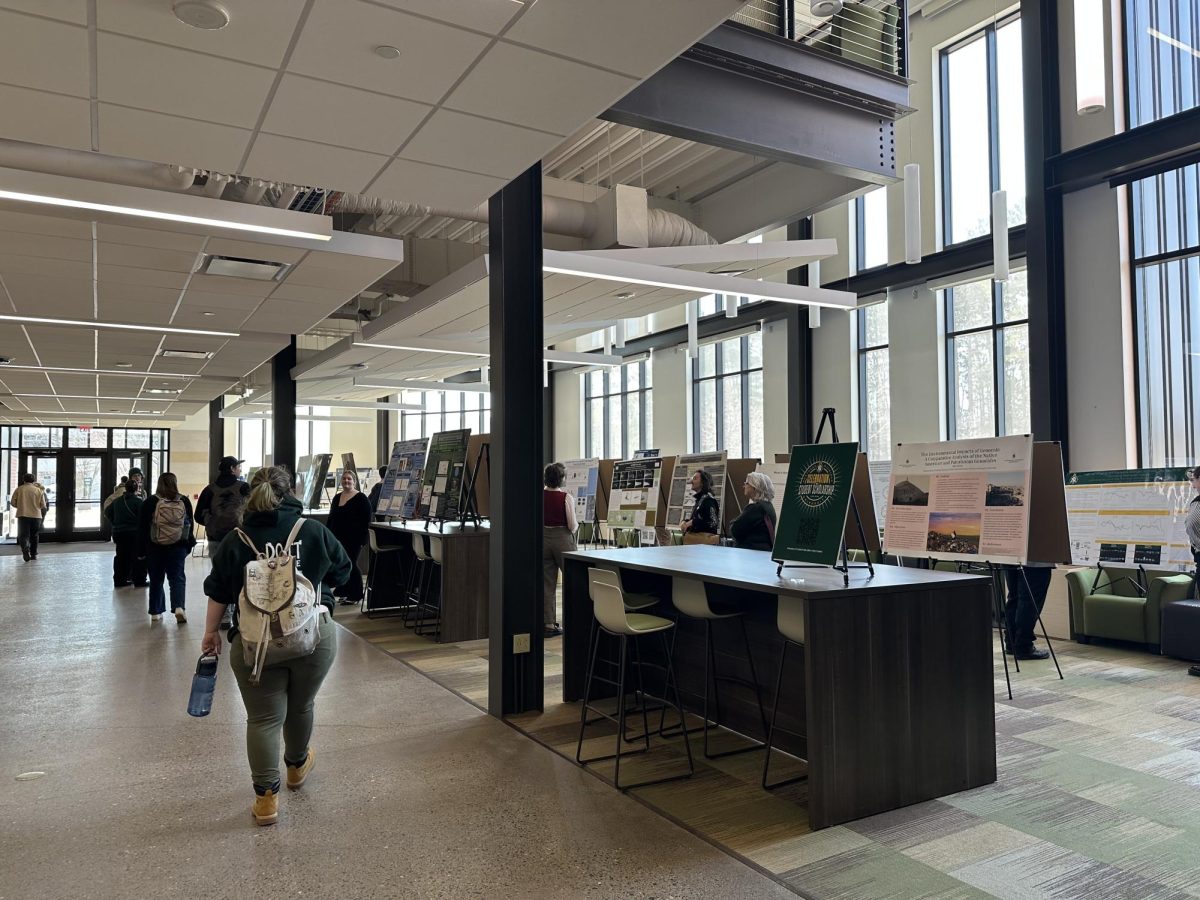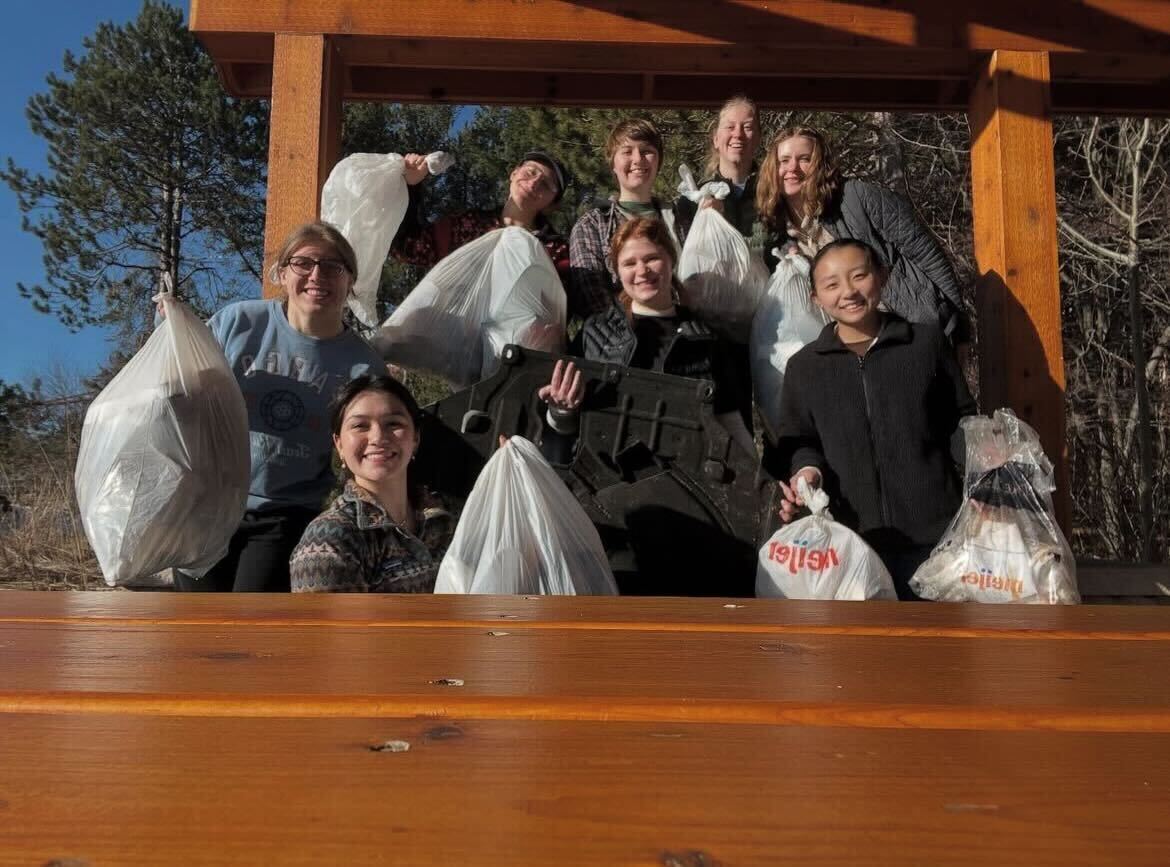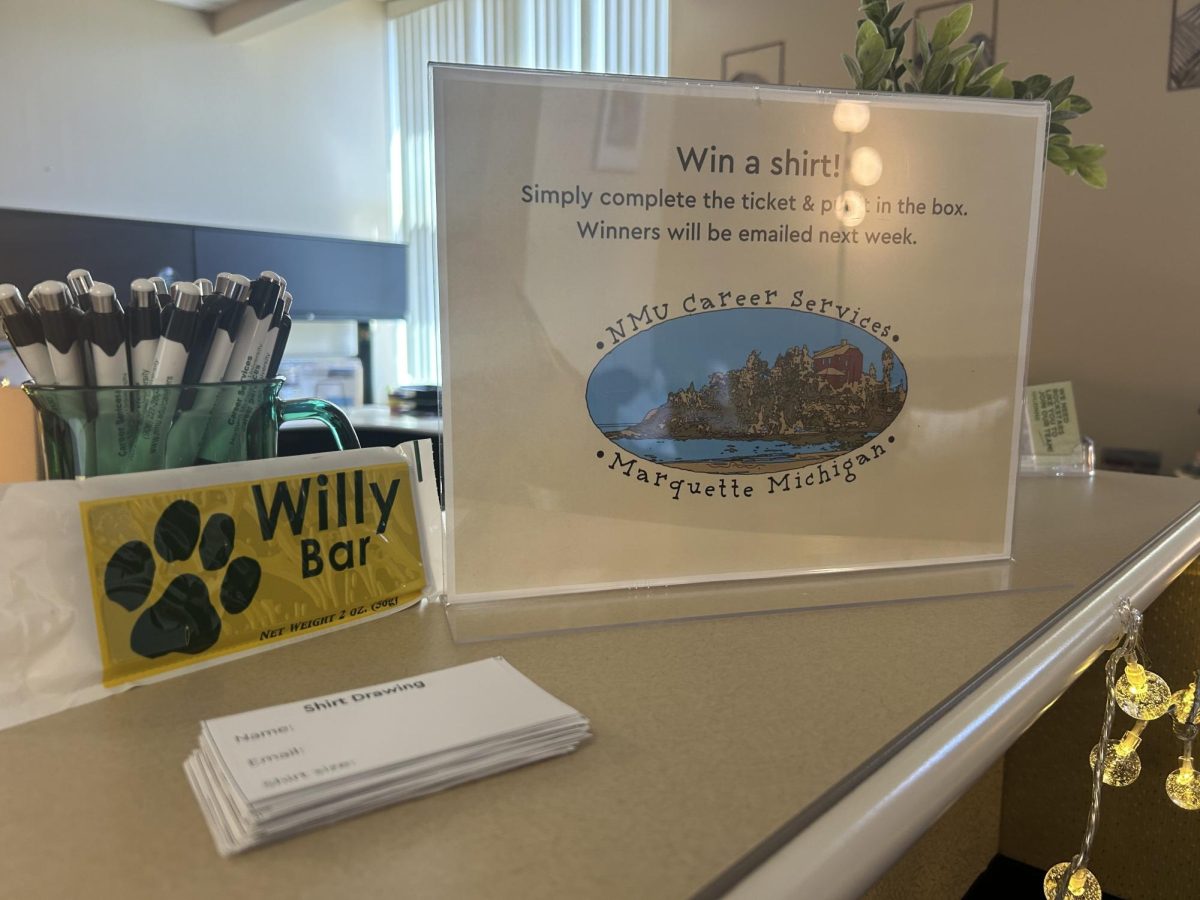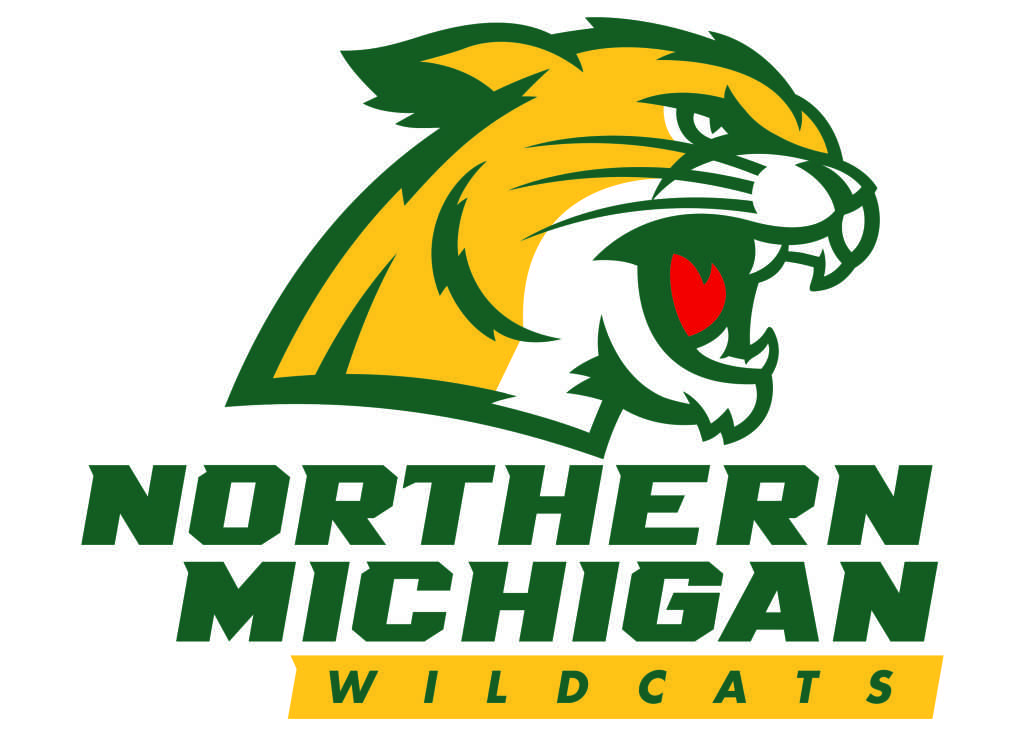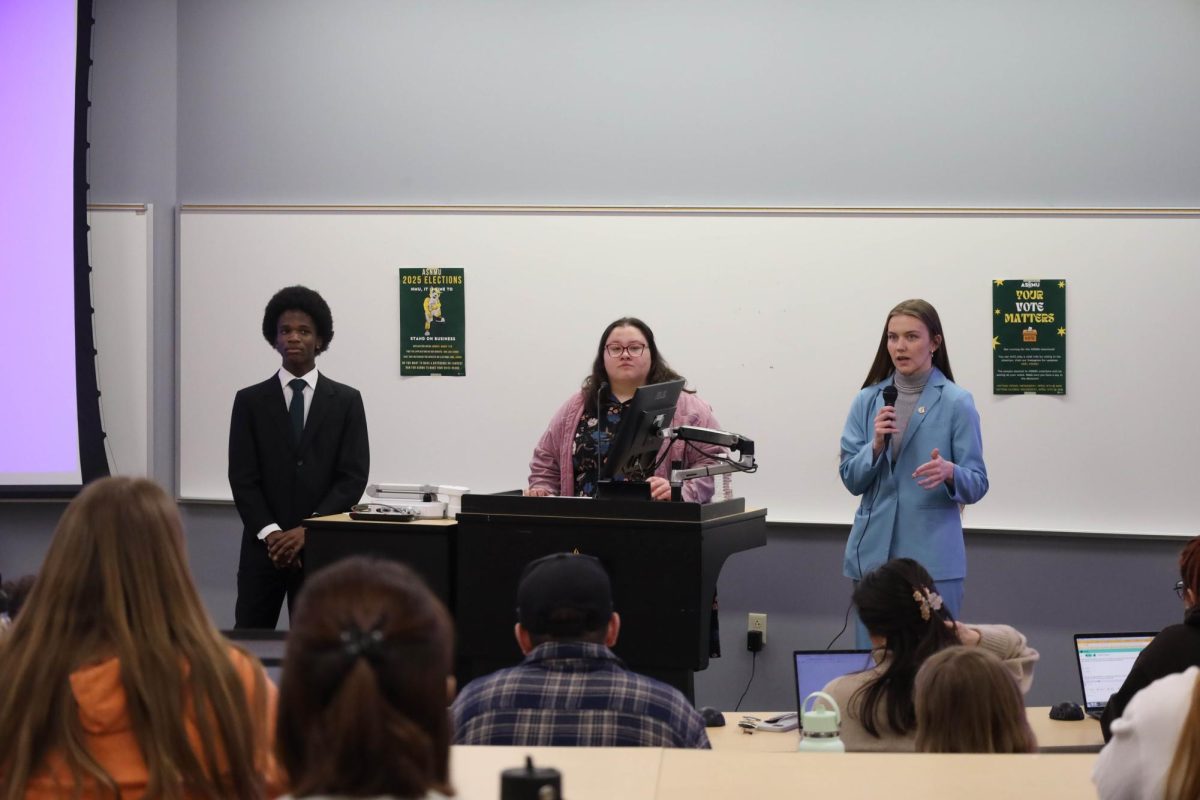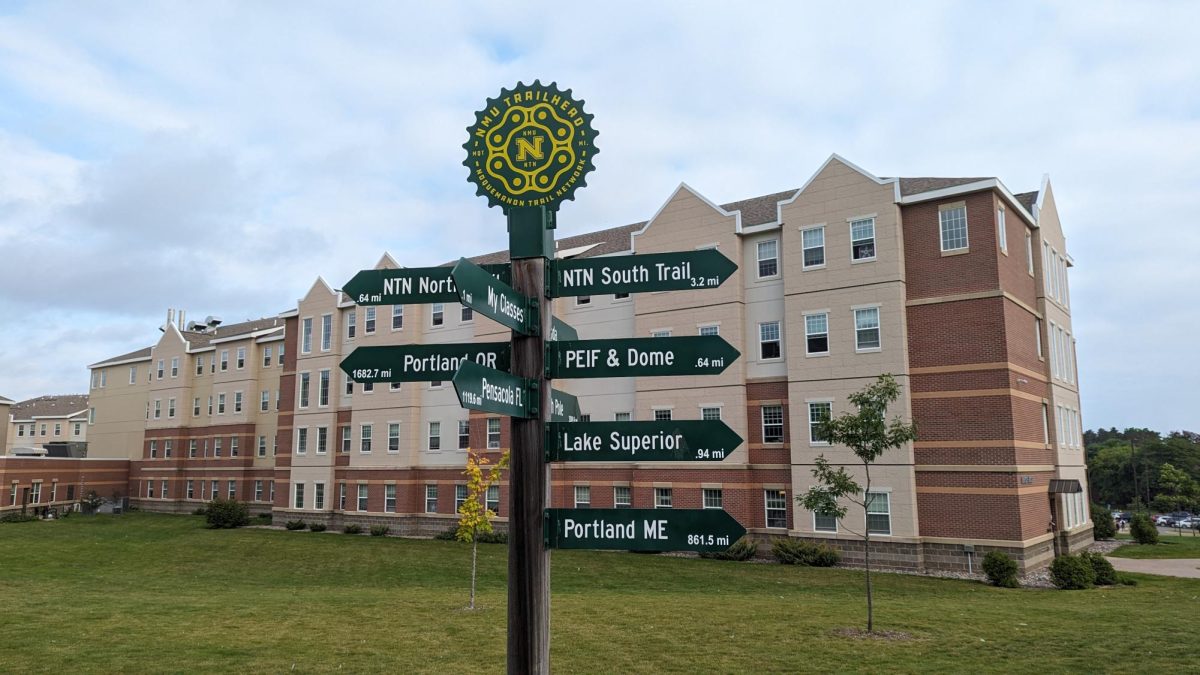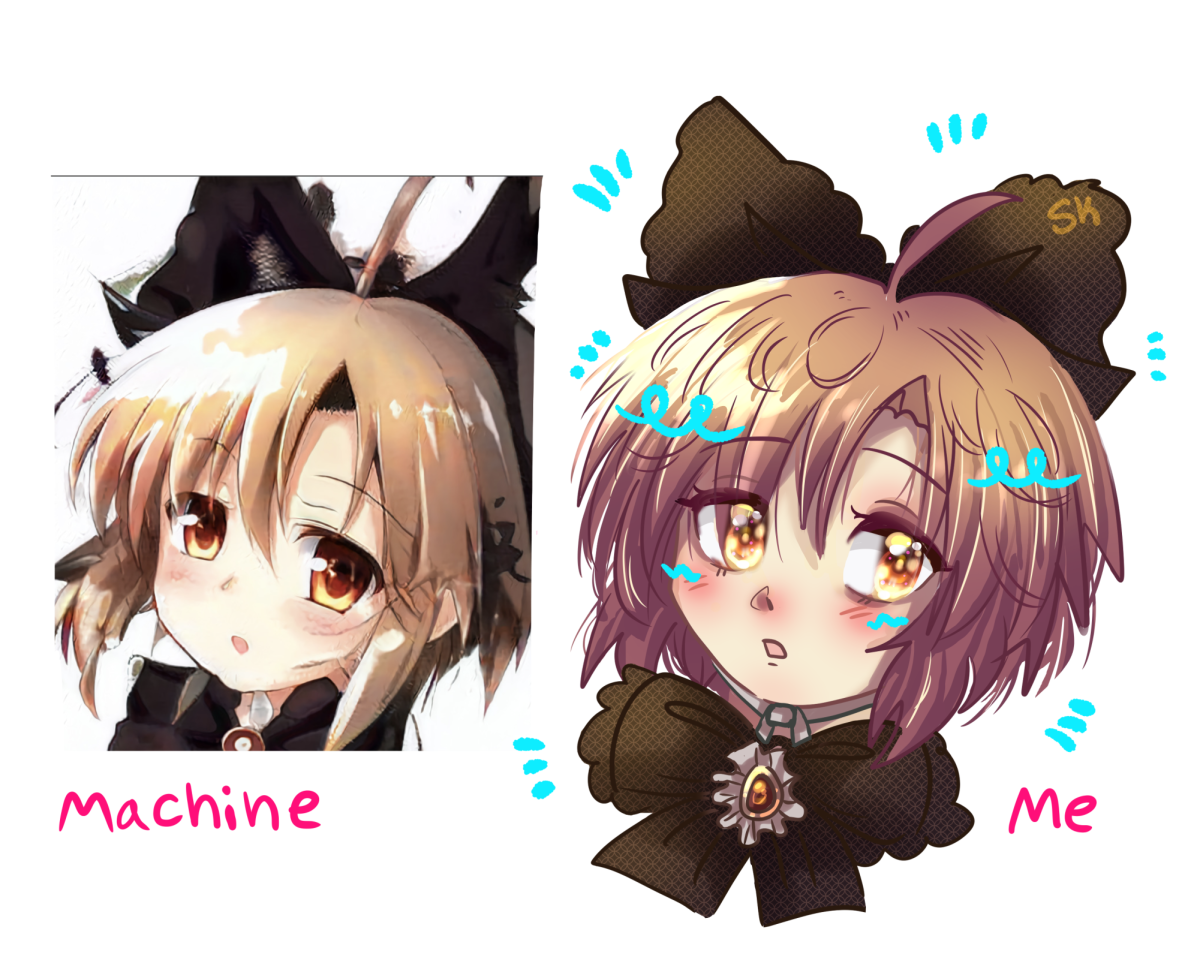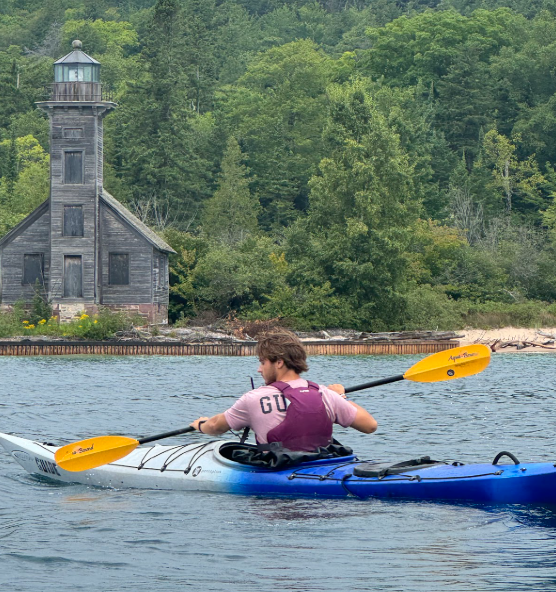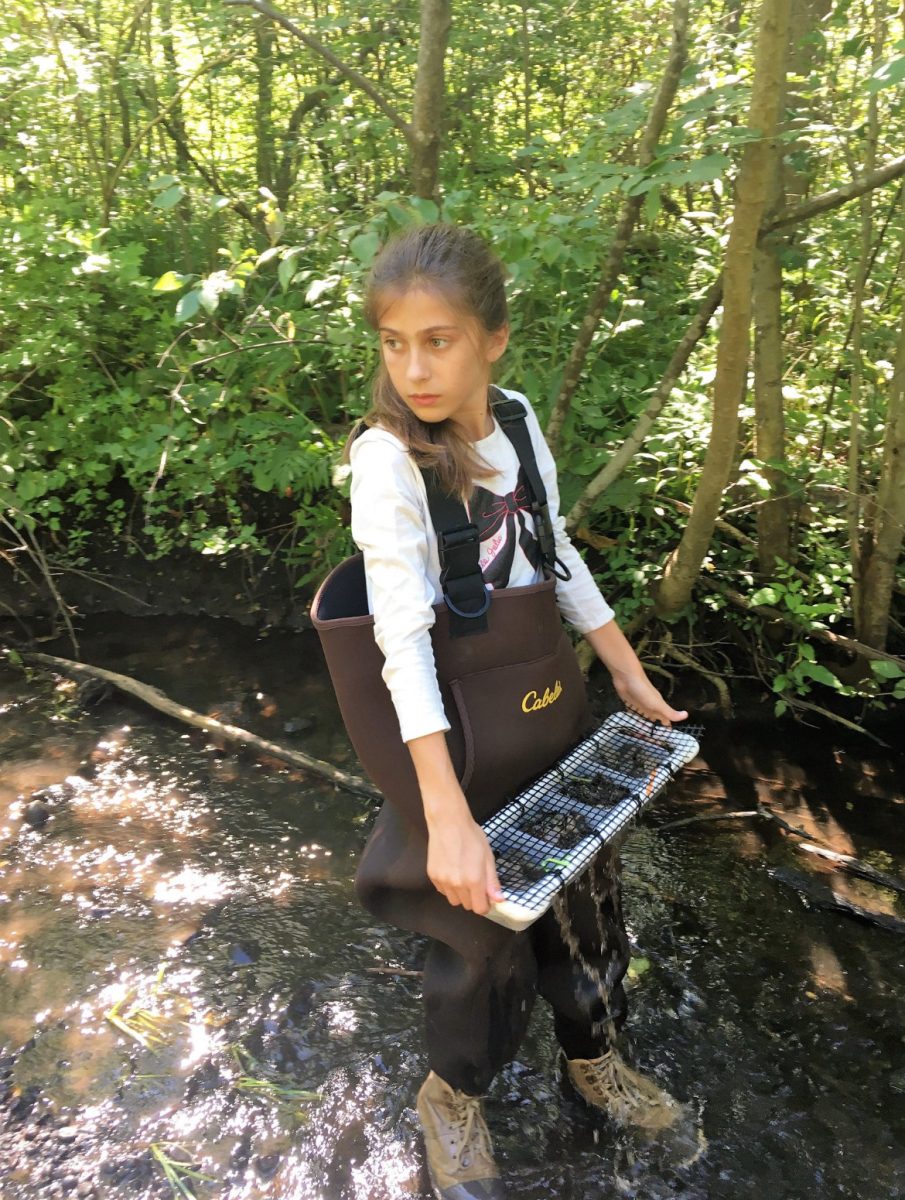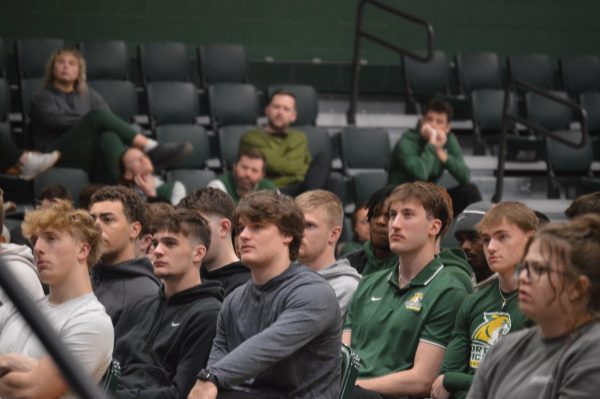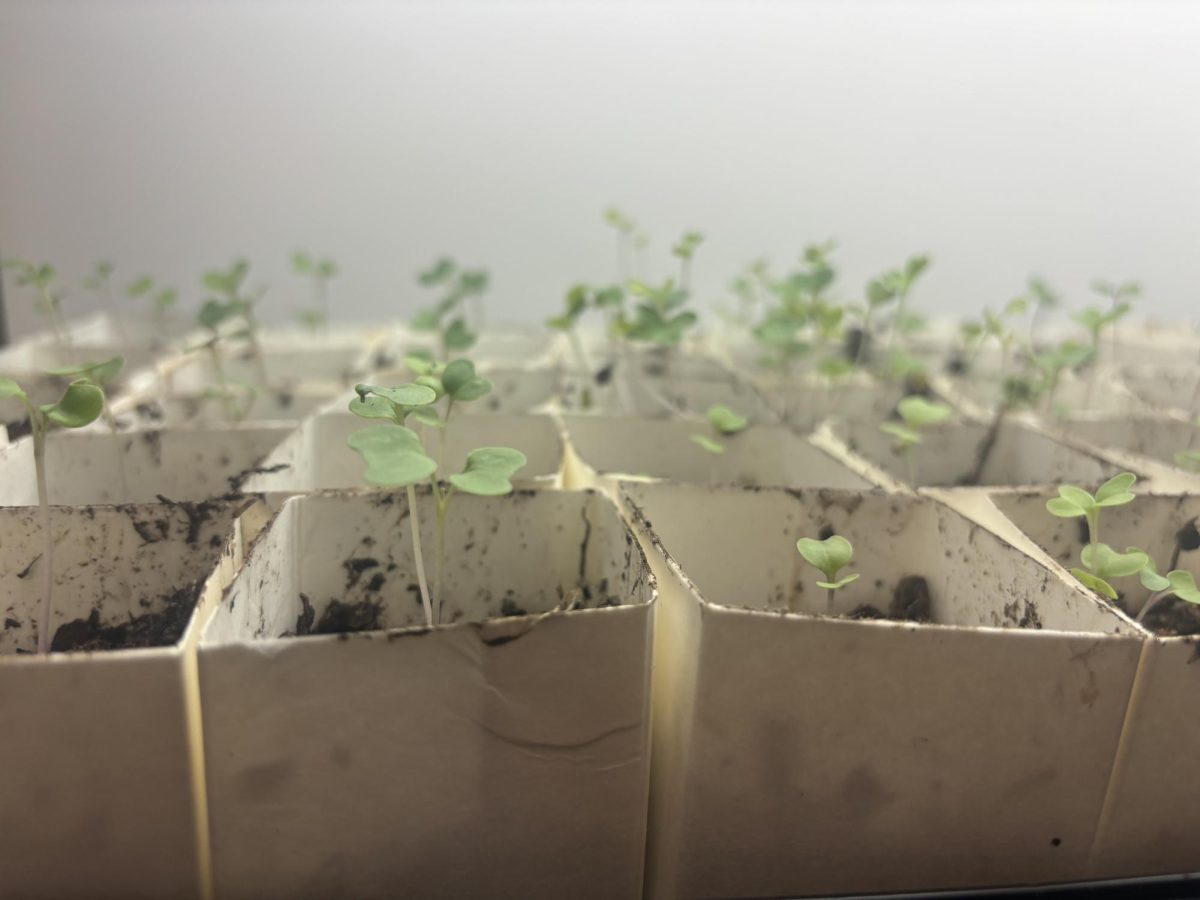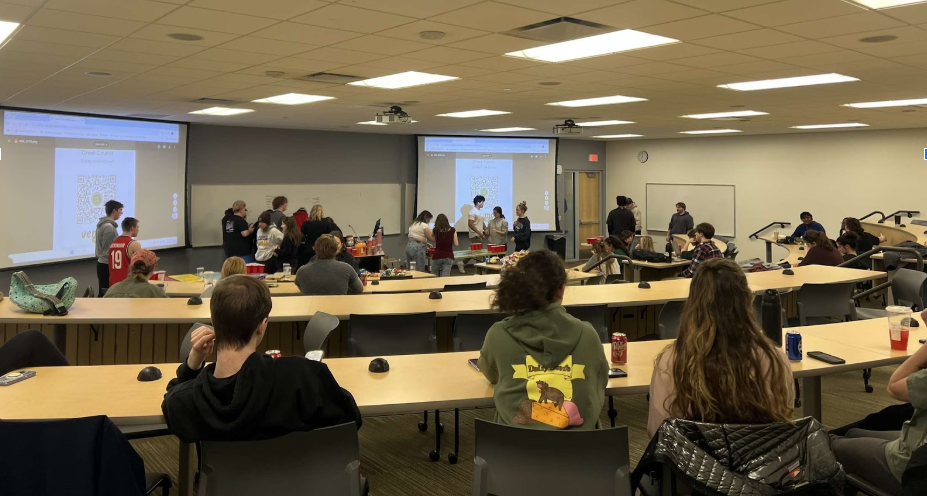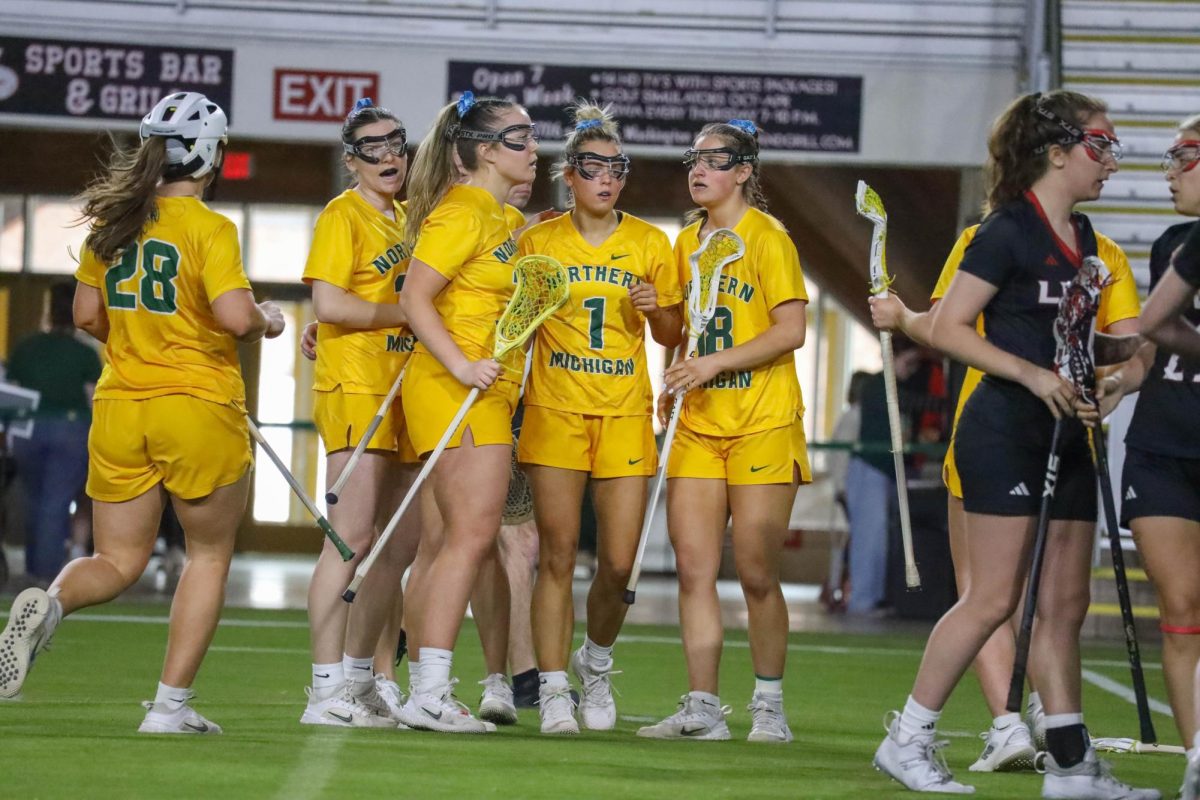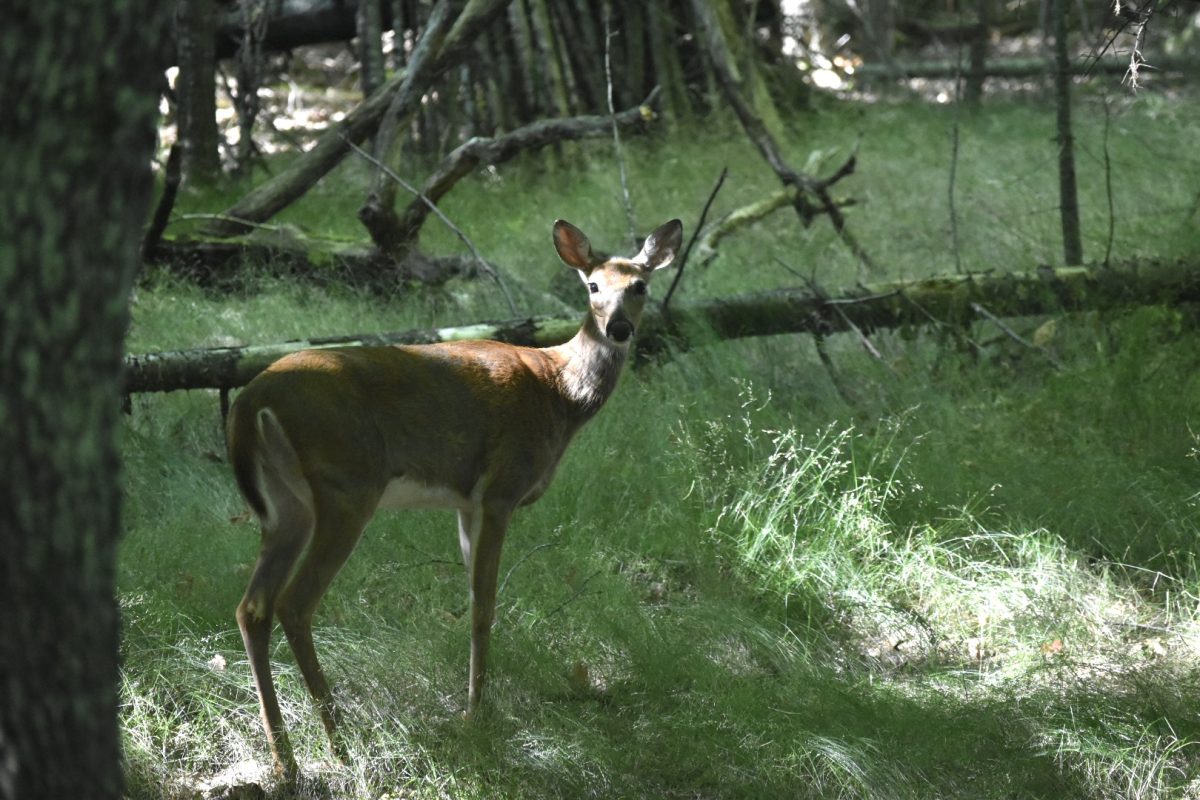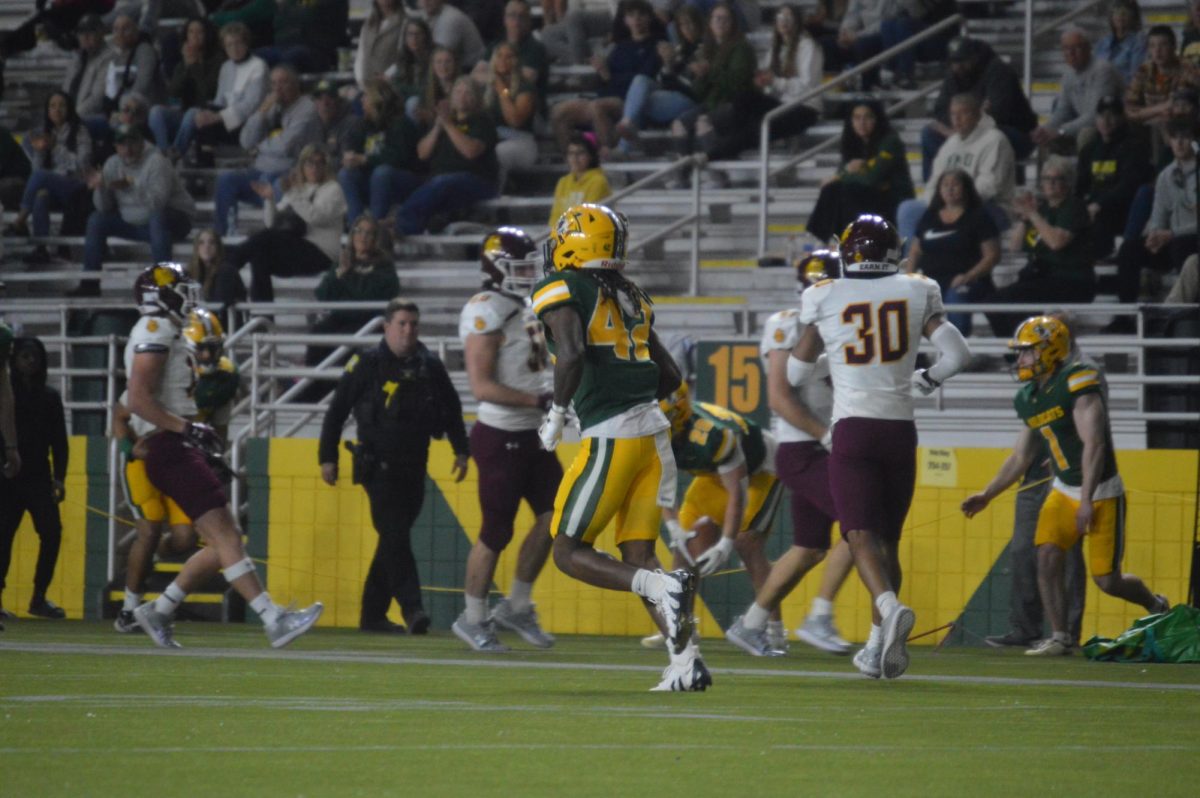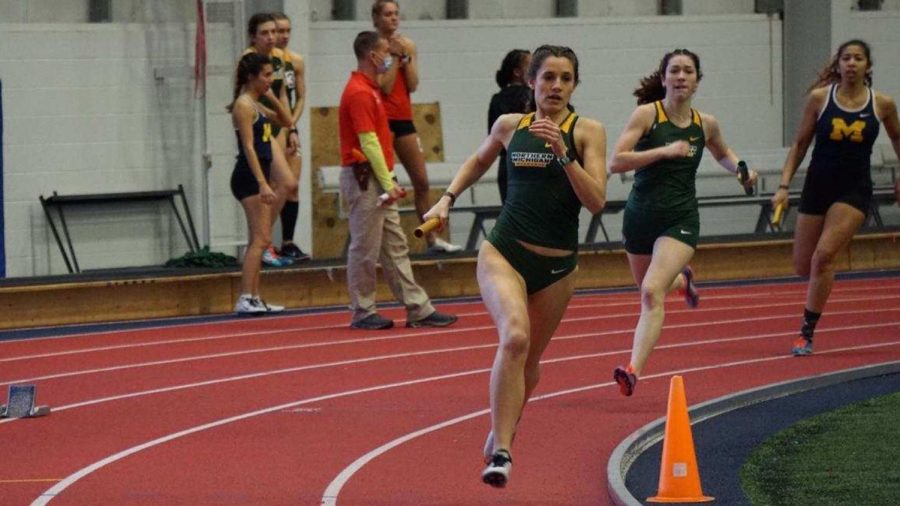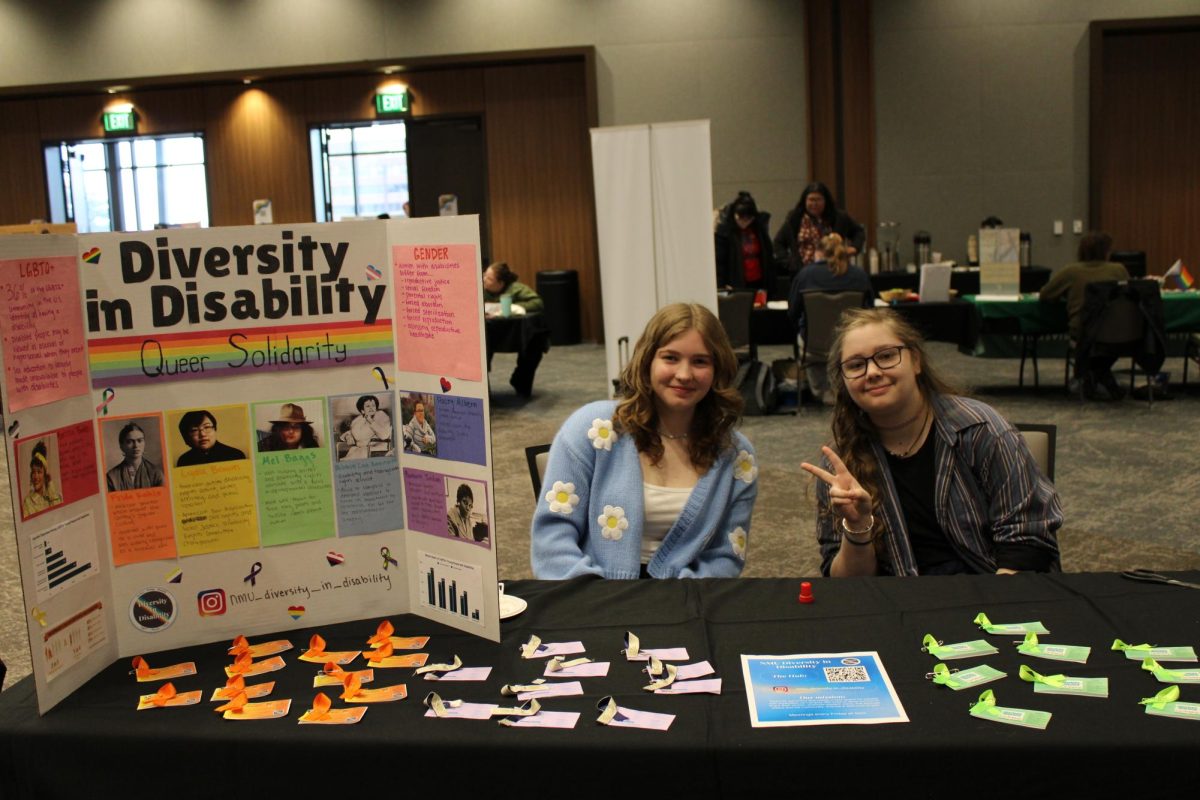NMU was granted $300,000 in early September to set in motion a 2-year pilot program that could possibly increase the number of female American Indian and Alaskan Native (AIAN) college graduates in science, technology, engineering and mathematics (STEM) fields.
 The National Science Foundation (NSF) awarded NMU this grant to address the “lack of American Indian teaching methods within the sciences education curricula,” according to an NMU press release from September.
The National Science Foundation (NSF) awarded NMU this grant to address the “lack of American Indian teaching methods within the sciences education curricula,” according to an NMU press release from September.
STEM is used to identify educational programs or professional fields in school that improve competitiveness in science and technological development.
NMU is currently making efforts to recruit from K-16 STEM educators nationwide in hopes to expand upon programs in STEM fields.
April Lindala, director of the Center for Native American Studies (CNAS), said NMU is hoping to accomplish multiple things with the grant.
“As educators, we live for that ‘Ah-ha’ moment when our students experience a successful encounter with something new—a new idea, a new concept, or perhaps a new skill,” she said. “We at the NMU CNAS also live for the moment when educators experience that same ‘Ah-ha’.”
Lindala said one goal of the CNAS is to bring STEM studies and Native Americans together to understand why it is valuable for both Native and non-Native students to have a culture-inclusive curriculum. She said the CNAS currently offers this curriculum to undergraduates.
“We are the only [center] of its kind endorsed by the Tribal Education Departments National Assembly,” Lindala said. “With what we teach, we can reach out to STEM educators to have material handed to high schoolers and for them to be engaged with its certification. K-16 STEM educators get high schoolers, undergraduates and so on, excited about what they already teach with Native American methods and materials.”
Lindala said the second goal of CNAS is to increase the number of American Indians students seeking out opportunities within the STEM field.
“We are going to walk the walk,” she said. “High school students would get offered a special topic course that merges Native American studies with STEM subjects. These students will also get credit for it that can count as a college course or liberal.”
The last goal that the CNAS wants to accomplish with the NSF grant is to increase the number of Native American women going into science and math fields.
“We want AIAN high school students to expand their experience with inclusive STEM practices and educational mentors—for AIAN female students primarily from the sciences, as they transition from high school to college,” Lindala said.
The methods that will be used to achieve these results include training students by introducing them to a 2-credit class such as NAS 484: Native American Inclusion in the Classroom. This will challenge the students on preconceptions of what Native American inclusion means and provide methods and materials that will help meet state standards of learning.
In addition to an offering of the class, the classroom learning experience will be combined with Anishinaabe culture bearers. This will give teachers a way to get excited about how to infuse different methods and material in their curriculum, Lindala said.
Lindala also spoke of hosting a summer camp for high school students that would offer 4-credit special topics classes. “High schoolers will partake in the ‘Northern Promise,’” she said. “The STEM fields will be combined and bring the camp elements of Native American studies.”
Lindala said she will also host a fall workshop where she wants to bring back some of the past Native American educators to refresh and teach the high school students. There will be two fall workshops and two summer camp sessions in 2017-18.
Right now there aren’t many students yet since the initiative was started on Oct. 1 but the goal is to get the word out, Lindala said.
“This grant is a pilot so there is opportunity for us to apply for grants in the future to go on a much broader scale,” she added. “I will love to see that opportunity partnership beyond the Midwest—both with educators and students.”
The plan is to engage in targeted, community-based enrollment initiatives to recruit new diverse student populations to Northern, Jessica Cruz, chief diversity and inclusion officer, said.
“It’s never closed off to the Native Americans—anybody can do it,” Cruz said.
With what she called “culturally relevant pedagogy,” Cruz hopes to turn the program into a national model while targeting community-based enrollment. She said she wants the program to be place-based and community driven.
The NSF-funded Indigenous Women Working Within the Sciences (IWWS) pilot project will begin in the summer of 2017. One goal of the project is to enroll a total of 96 high school students in the AII-STEM Summer Academy over two years, up to 48 in the summer of 2017 and an additional 48 by the summer of 2018.
These summer programs would be held in targeted communities such as Detroit and Grand Rapids to establish place-based student cohorts alongside parental or familial cohorts. This way, students could connect with one another in their home communities before arriving to NMU in the fall and families will have a network allowing them to support one another and their students throughout their academic journeys at NMU, Cruz said.
Cruz said she wants to include community and enrollment wherever possible and students that start off in the program become a pipeline for NMU to keep expanding.
“To maintain a relationship and to maintain trust, you have to maintain presence,” she said.

